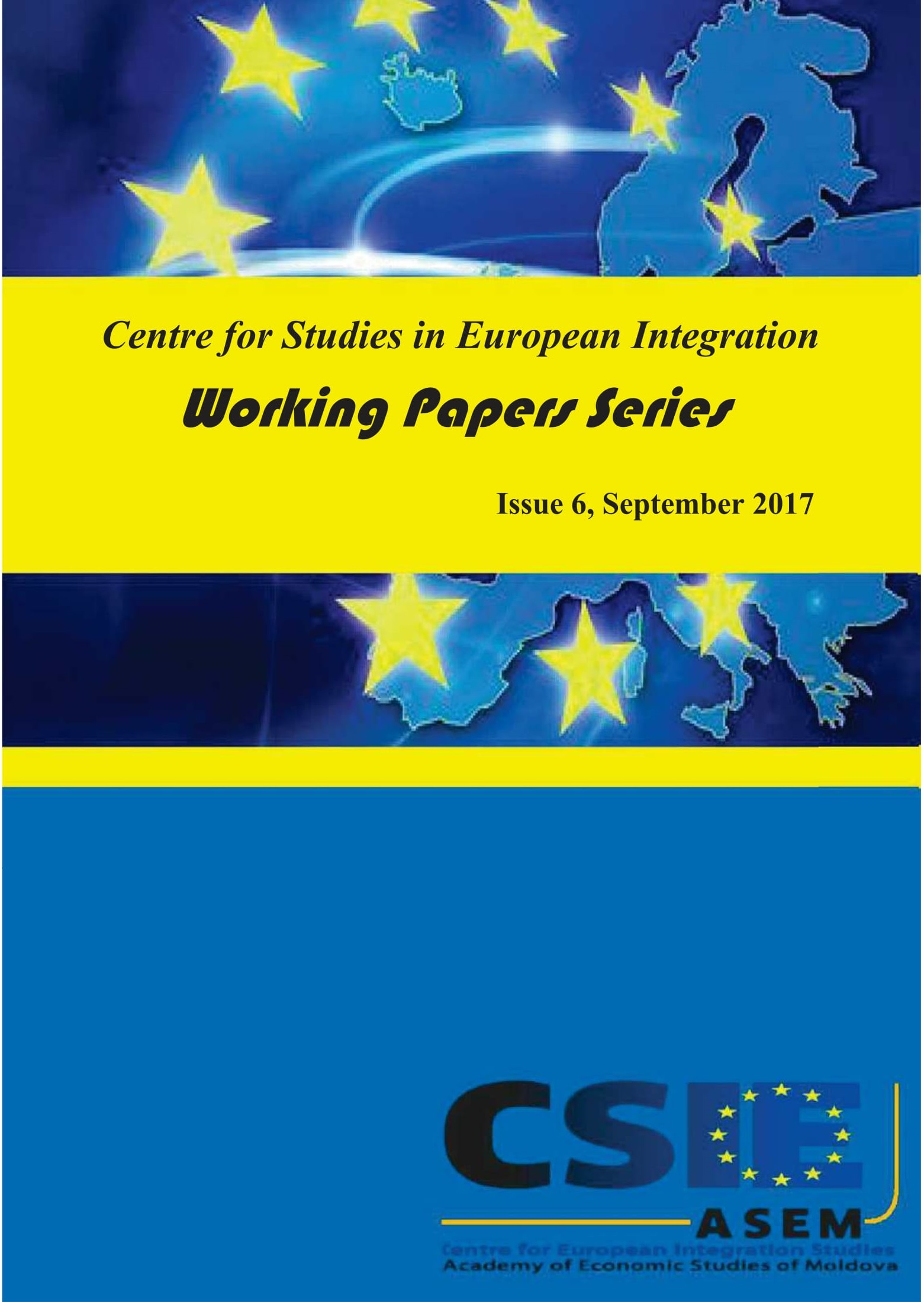Politica de Coeziune a Uniunii Europene în Perioada 2014-2020
Cohesion Policy of the European Union in the 2014-2020 period
Author(s): Paul LUCIANSubject(s): Social Sciences, Economy
Published by: Center for Studies in European Integration, Academy of Economic Studies of Moldova
Keywords: Cohesion policy; key objectives; cohesion fund; structural funds; programming period;
Summary/Abstract: Following the reform of the Cohesion Policy in 2014-2020, two key objectives and 11 thematic objectives were set. These objectives are allocated to the European Structural and Cohesion Funds (ESCF). SCFs are part of the European Structural and Investment Fund (FSIE) which includes 5 funds, namely: The European Regional Development Fund (ERDF), the European Social Fund (ESF), the Cohesion Fund (CF), the European Agricultural Fund for Rural Development (EAFRD), the European Fund for Fisheries and Maritime Affairs (FEPAM). . The reform of access to European funds is regulated by a new regulation, namely the Regulation of the Common Provisions (RCP) no. 1303/2013. The new regulation contains two types of regulations, regulations common to the five Funds (FSFE), but also specific rules for each fund. Initially, the two types of regulations seem to create confusion, but art. 66 of the RCP specifies that FSIE is used to provide support in the form of grants, prizes, reimbursable assistance, financial instruments or a combination of these. In the RDC, it is stipulated that operational programs benefiting from contributions from the Cohesion Fund are drawn up at national level, which did not exist during the 2007-2013 programming period. Ex ante evaluations are also conditional requirements for the approval of programs in each Member State.
Journal: Centre for Studies in European Integration Working Papers Series
- Issue Year: 2017
- Issue No: 6
- Page Range: 14-18
- Page Count: 5
- Language: Romanian

